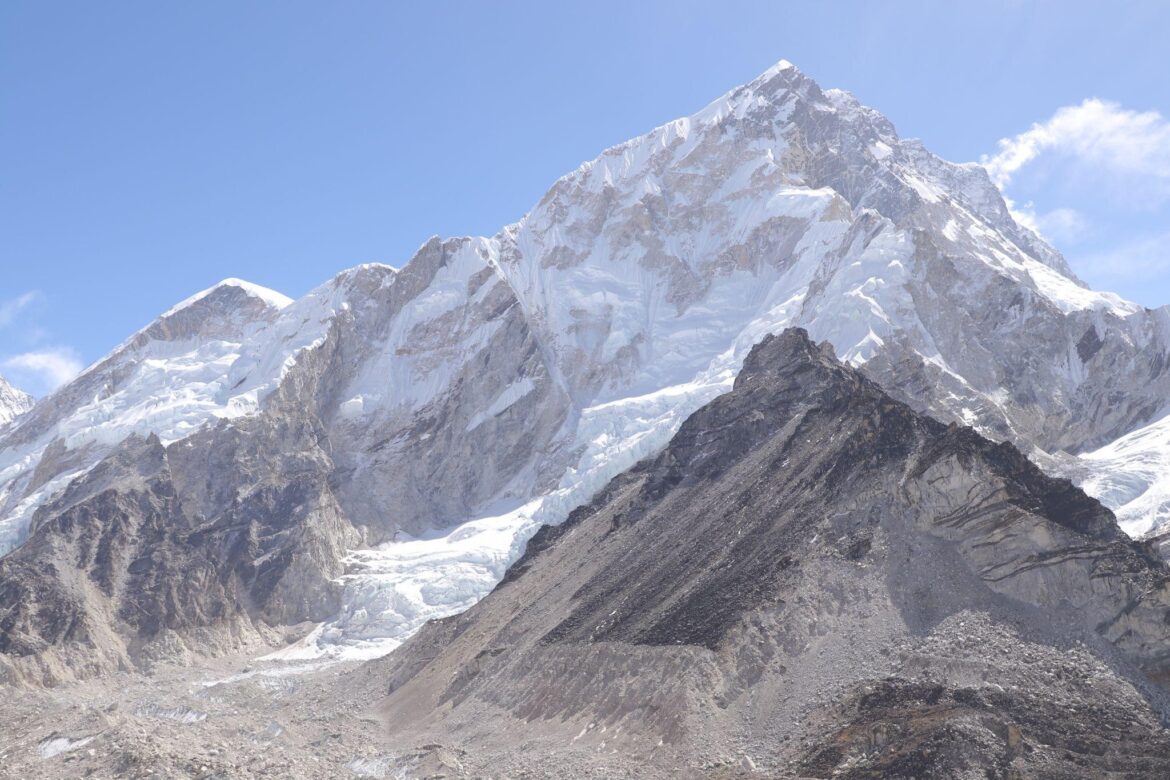The Langtang Valley Trek, often referred to as the “Valley of Glaciers,” is one of Nepal’s most stunning yet underrated trekking destinations. Located just north of Kathmandu and bordering Tibet, the Langtang Valley offers breathtaking views of snow-capped peaks, pristine forests, and traditional Tamang villages. If you’re looking for an alternative to the more crowded trekking routes, the Langtang Valley Trek is a perfect choice. This article provides essential tips on routes, costs, and the best time to visit, ensuring that your trekking experience is both memorable and well-prepared.
Trekking Routes in Langtang Valley
The Classic Langtang Valley Route: The classic Langtang Valley Trek typically starts from Syabrubesi, a small town about a 7-8 hour drive from Kathmandu. From Syabrubesi, the trail gradually ascends through dense forests, crossing rivers and passing through beautiful villages like Lama Hotel and Ghodatabela. The trek culminates in Kyanjin Gompa, a high-altitude village surrounded by majestic peaks such as Langtang Lirung and Dorje Lakpa.
For those seeking more adventure, a day hike to Tserko Ri (4,984 meters) from Kyanjin Gompa is highly recommended. The panoramic views from the top are simply breathtaking.
Alternative Routes: There are several variations to the Langtang Valley Trek, depending on your time and fitness level. One popular option is to combine the Langtang Valley Trek with a visit to the sacred Gosainkunda Lake, which adds about 3-4 days to the trek. Another option is to trek through the Helambu region, offering a less crowded and equally rewarding experience.
Costs of the Langtang Valley Trek
Trekking Permits: Before embarking on the Langtang Valley Trek, you’ll need to obtain the necessary permits. The two main permits required are the Langtang National Park Entry Permit (approximately USD 30) and the Trekkers’ Information Management System (TIMS) card (approximately USD 20). These permits can be obtained in Kathmandu, either from the Nepal Tourism Board office or through a trekking agency.
Accommodation and Meals: Accommodation along the Langtang Valley Trek consists mainly of teahouses, which are basic lodges offering food and shelter. The cost of a teahouse stay typically ranges from USD 5 to USD 15 per night, depending on the altitude and the season. Meals, which include traditional Nepali dishes like dal bhat (rice and lentils), cost around USD 5 to USD 10 per meal. It’s advisable to budget around USD 30 to USD 50 per day for accommodation, meals, and other essentials.
Guides and Porters: While the Langtang Valley Trek is considered moderate in difficulty and can be done independently, hiring a guide and/or porter can greatly enhance your experience. A licensed guide costs around USD 25 to USD 35 per day, while a porter costs approximately USD 15 to USD 20 per day. Guides provide valuable local knowledge, help with navigation, and ensure your safety, while porters can carry your heavy gear, allowing you to enjoy the trek with less physical strain.
Transportation: The cost of transportation to and from Syabrubesi, the starting point of the trek, varies depending on your mode of travel. A public bus from Kathmandu to Syabrubesi costs around USD 10, while a private jeep can cost anywhere from USD 150 to USD 200, depending on the number of passengers.
Best Time to Trek in Langtang Valley
Spring (March to May): Spring is one of the best times to trek in the Langtang Valley. The weather is generally mild, with clear skies and blooming rhododendron forests adding vibrant colors to the landscape. Temperatures are comfortable, making the trek enjoyable during the day, while nights at higher altitudes remain chilly.
Autumn (September to November): Autumn is another ideal season for the Langtang Valley Trek. After the monsoon rains, the skies clear up, offering stunning views of the surrounding mountains. The weather is stable, and the trails are bustling with trekkers. This is also a popular time for other treks in Nepal, such as the Everest Base Camp short trek and the Annapurna Circuit Trek, so consider booking accommodations and permits in advance.
Winter (December to February): Trekking in winter is possible but comes with challenges. The Langtang Valley experiences cold temperatures, especially at higher altitudes, and snow can make some parts of the trail difficult to navigate. However, if you’re well-prepared and enjoy solitude, winter trekking can be a rewarding experience with fewer crowds.
Monsoon (June to August): The monsoon season brings heavy rains, making the trails muddy and slippery. Landslides and leeches are common, and the views are often obscured by clouds. This is the least favorable time to trek in the Langtang Valley, and it’s generally recommended to avoid this season.
Final Tips for Langtang Valley Trek
- Pack Smart: Prepare for varying weather conditions by packing layers, waterproof gear, and sturdy trekking boots.
- Stay Hydrated: Drink plenty of water and avoid alcohol to help with acclimatization.
- Respect the Local Culture: The Langtang region is home to the Tamang and Sherpa communities. Respect local customs, traditions, and the environment.
- Stay Safe: Always inform someone about your trekking plans and be aware of your surroundings, especially when trekking alone.
The Langtang Valley Trek offers a perfect blend of adventure, cultural immersion, and natural beauty. By following these tips on routes, costs, and the best time to visit, you can ensure a safe and unforgettable experience in one of Nepal’s most beautiful regions. Whether you’re an experienced trekker or a first-time visitor, the Langtang Valley will leave you with memories to cherish for a lifetime.
